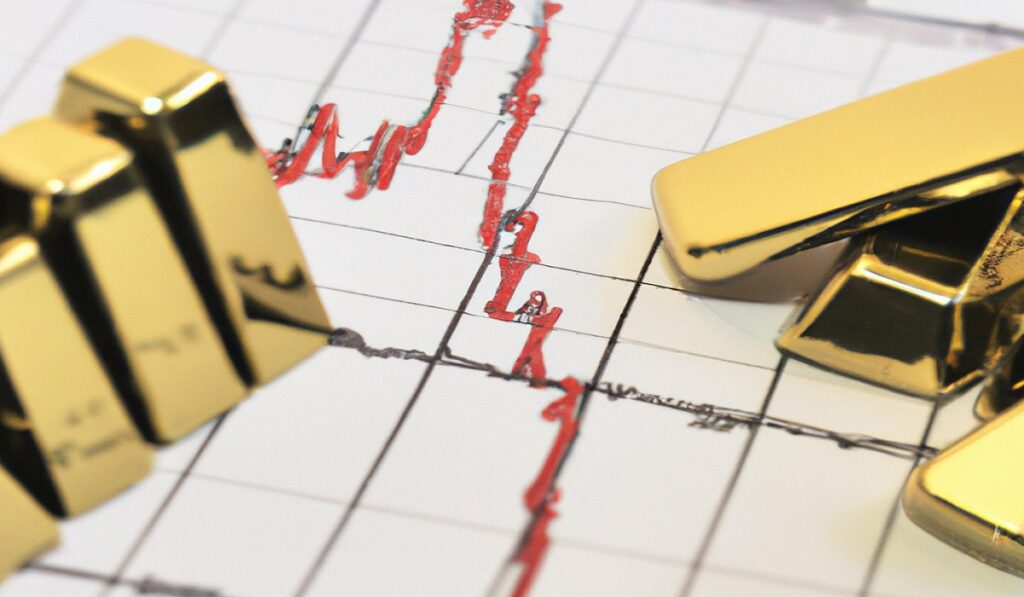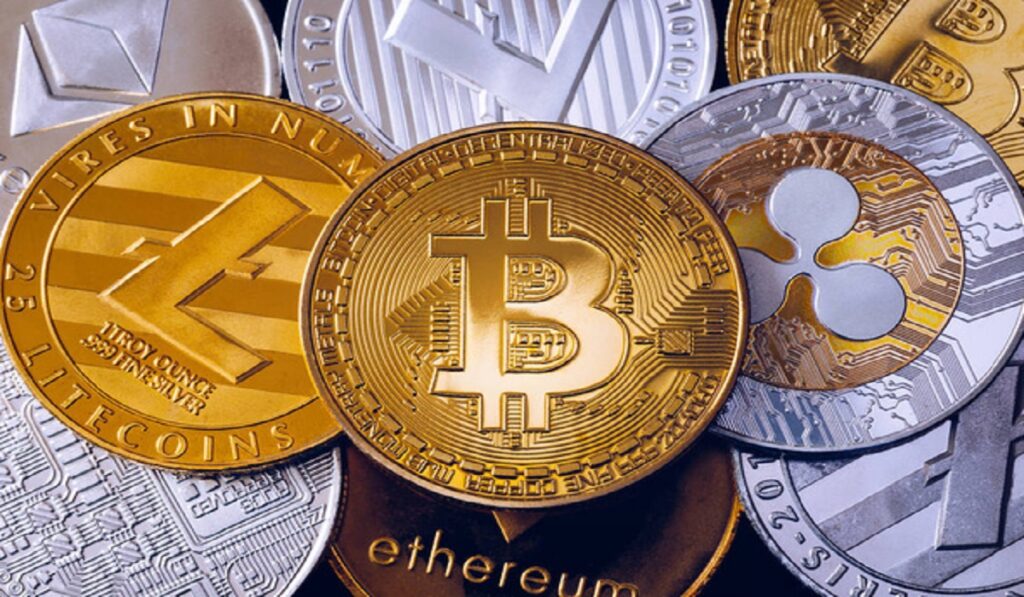Relationship Between Gold and Stock Market

Gold and the stock market are both essential financial assets that have profoundly shaped global economies – but how are their connections intertwined?
Gold and the stock exchange are inextricably linked; both serve as indicators of investor trust and market sentiment. Gold prices provide one measure to gauge this sentiment; when gold prices increase they indicate uncertainty or concern in regard to economic matters; stock market performance serves as another gauge; stronger performance indicates optimism about economic advancement among investors.
Gold and the stock exchange both share one similar characteristic: their use as value stores. Gold can act as an attractive store of value due to its predictability; providing protection from unpredictable economic environments. Likewise, stocks offer investors long-term growth potential through established companies that provide safe haven assets as value storage opportunities.
Gold markets, stock exchanges and other assets form an intricate web that interplays among them all, all having an effect. Therefore, both novice investors and veteran traders must carefully consider how these relationships could alter their investments in gold or stock markets.
Gold as Money: An Overview
Since ancient times, gold has long been seen as an asset that offers beauty, rarity, and perceived security for any investor seeking wealth protection. But how did gold enter our global monetary system today?
Gold has long been used as currency by different cultures around the globe since antiquity. Gold was most frequently employed as coins or physical forms and its value determined based on weight and purity; under a gold standard system, each country’s currency had an established exchange rate relative to this precious metal that allowed all trading partners accessing a common market using just one currency.
Gold standard money has no longer become popular today despite being widely utilized throughout history. Beginning in the early 20th century, most countries abandoned this currency option for many different reasons – greater flexibility for monetary policies as well as globalization of economies being among these factors.
Gold remains an integral component of global monetary systems despite these shifts, with central banks and institutional investors holding onto large volumes as reserves.
Undelve the intricate relationship between gold and the stock exchange
Gold and the stock exchange are integral pillars in global finance, each possessing their own dynamics and traits that give investors and policymakers insight into economic trends, asset allocation and risk management. Let’s delve deeper into this intricate relationship!

Risk and Safety Comparison on Dynamic Level
Gold’s relationship to the stock exchange centers around its dual functions of safe haven and risky asset. Many investors turn to it in times of economic instability, geopolitical conflict or market distress as an attempt to protect themselves against riskier assets like stocks.
Stock exchanges tend to encourage a risk-taking mentality among investors; when periods of rapid economic expansion emerge, more money tends to flow into stocks as investors search for greater returns elsewhere – an effect which gold serves to buffer.
Market Sentiment and Economic Indicators
Gold and stock exchange markets can both be affected by market sentiment indicators and economic variables, particularly inflation or pessimist views of the economy. Investors who fear inflation or are pessimistic regarding its prospects tend to invest more heavily in gold as demand drives prices higher even during times when stock markets may appear volatile.
Gold’s appeal can diminish when positive economic indicators, earnings reports and general optimism appear. Investors use data like GDP growth rates, unemployment rates and consumer sentiment measurements to predict gold prices along with stock markets.
Gold’s Role during Crises Historically, gold has shown an inverse relationship to stocks during financial crises or major market corrections; stocks may fall while its price tends to increase as investors turn toward it as a safe haven asset as their traditional investments decline in value.
Gold became widely associated with stability during 2008 global financial crisis, when prices experienced significant increases that showed its capacity as an emotional support during periods of extreme tension.
Portfolio Diversification
Portfolio diversification can often be accomplished using gold markets and stock exchanges as asset class diversifiers, helping investors develop risk-adjusted and balanced portfolios to minimize risks. By pairing gold with stocks investors can build more diversified and secure investment strategies.
Gold’s low correlation to traditional stocks, bonds and currencies make it an excellent way to reduce portfolio performance volatility while mitigating some of its effects.
Central banks play an essential part in the relationship between gold and stock exchanges. Their decisions on interest rate or quantitative easing policies have an immense effect on these markets; investors may respond accordingly with lower interest rates or by increasing money supply policies implemented.
Gold’s relationship to stock exchanges is complex and multidimensional, being affected by market sentiment, economic indicators and central bank policies alike. By understanding its interrelations better, investors will gain more power in making informed decisions regarding risk management and asset allocation strategies.






